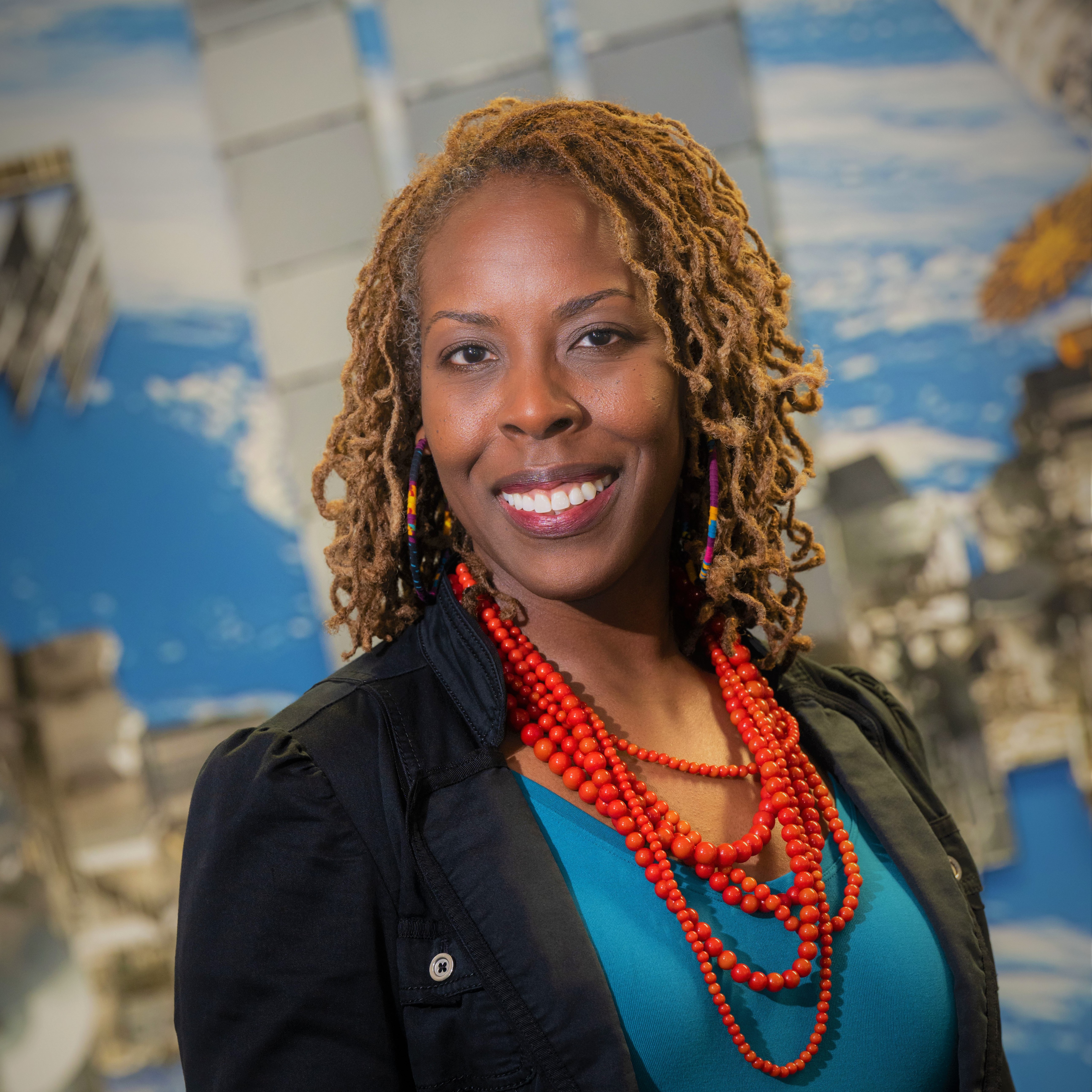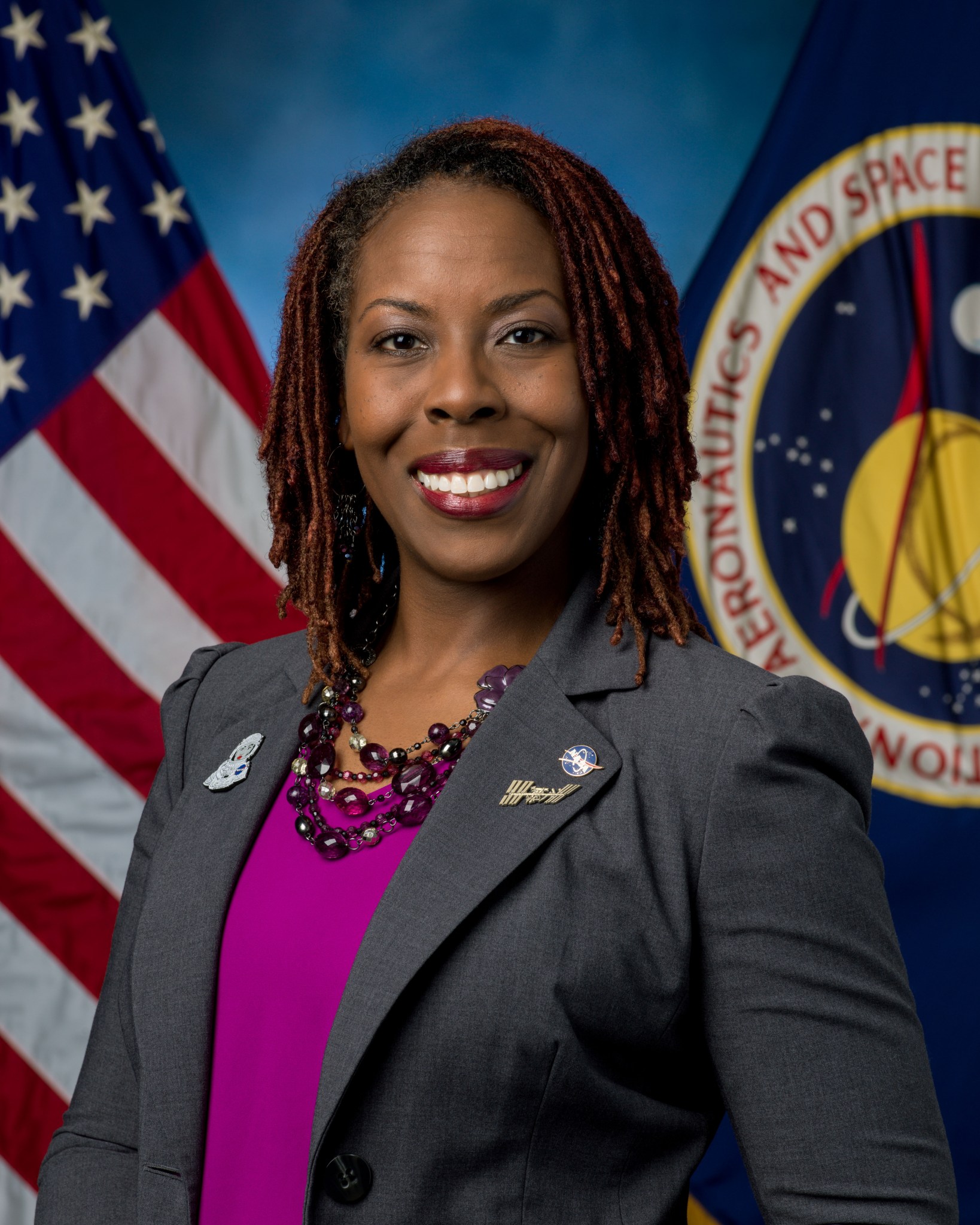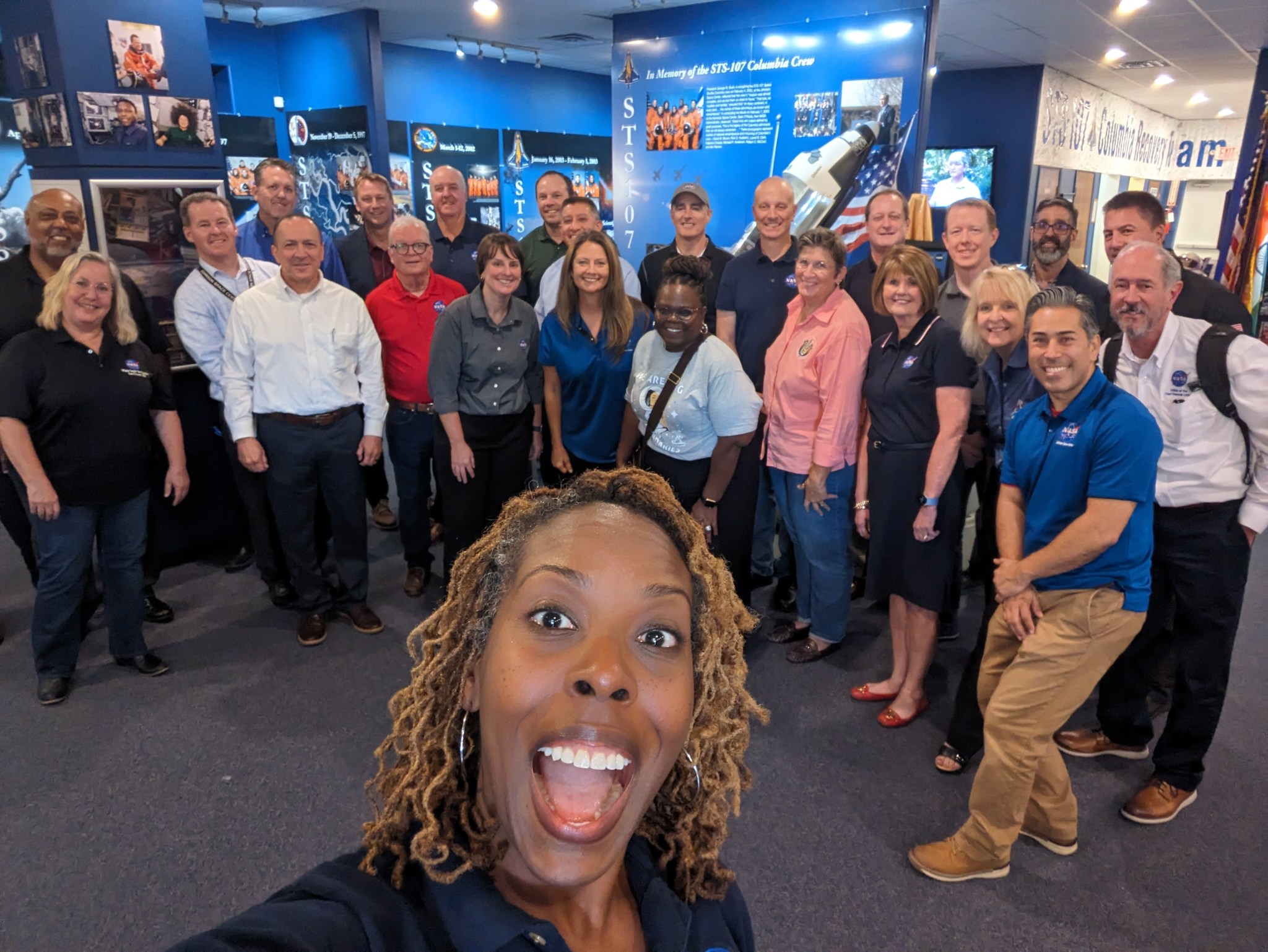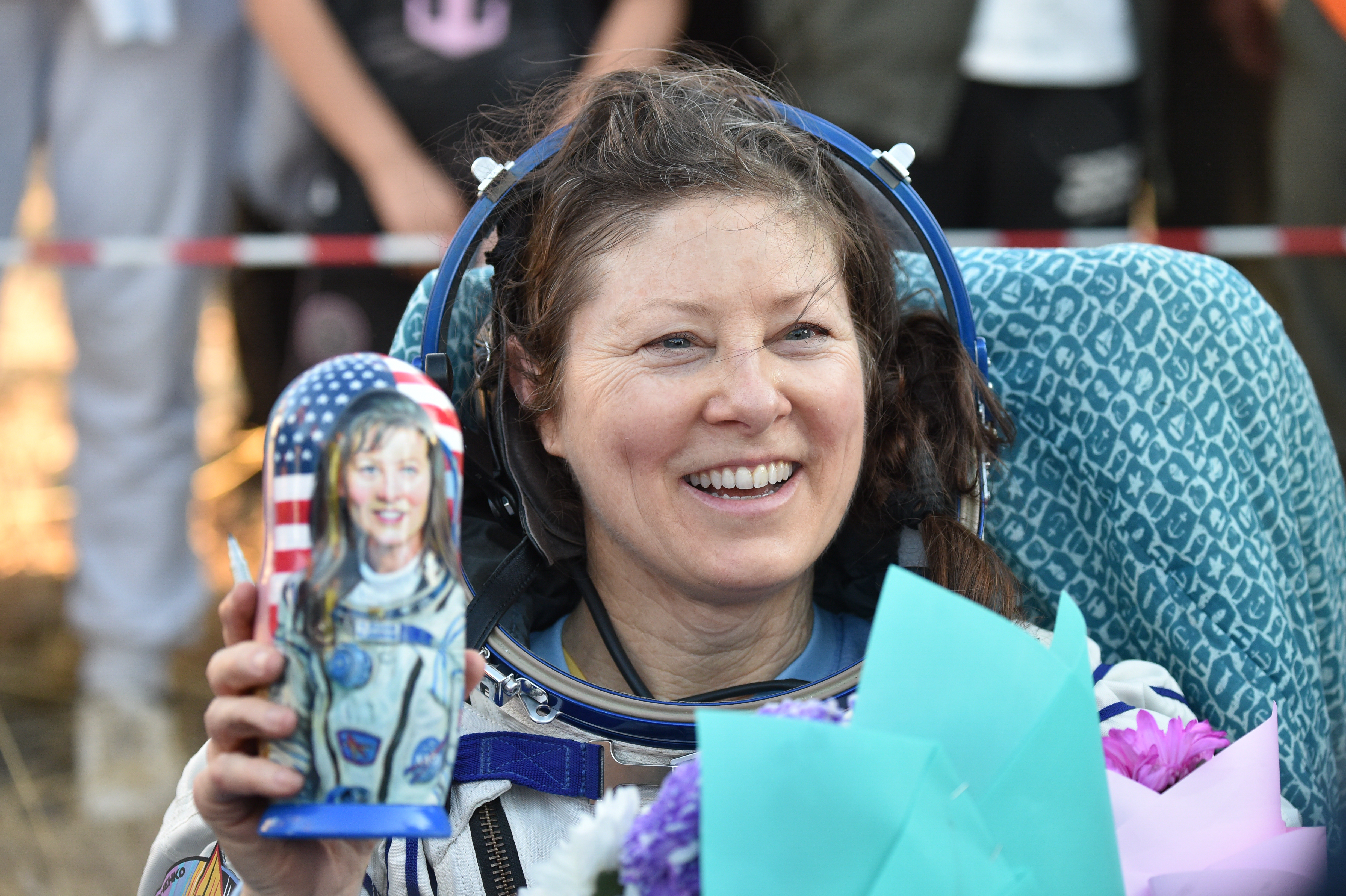Jennifer Scott Williams: Leading the Next Giant Leap in Space Exploration and Championing STEM Advocacy
Jennifer Scott Williams embodies leadership, innovation, and excitement for life. Her career has been a testament to her unwavering passion and versatility, navigating through various roles and significantly contributing to the agency’s milestones and evolution. In her 23 years at NASA, she has combined engineering, business, science communications, and leadership all into one. […]

Jennifer Scott Williams embodies leadership, innovation, and excitement for life. Her career has been a testament to her unwavering passion and versatility, navigating through various roles and significantly contributing to the agency’s milestones and evolution. In her 23 years at NASA, she has combined engineering, business, science communications, and leadership all into one.
Currently in the Center Director’s Office, Williams serves as NASA Johnson Space Center Director Vanessa Wyche’s assistant for technical integration, supporting meetings such as readiness reviews for the International Space Station and Commercial Crew Programs. Her role also involves coordinating skip-level meetings for Dare | Unite | Explore and overseeing senior staff meetings to ensure that leadership remains informed about the activities happening across the center.
She also plays a role in the International Space Station Program’s Research Integration Office, ensuring crews aboard the space station have the tools they need to complete their research.
“Like many of our laboratories where astronauts conduct their research, understanding the engineering components of the facilities we use on board is crucial,” said Williams. “Understanding the science is also critical,” she added. “It adds meaning to our work when we help execute the science onboard and communicate the creative insights and results from the experiments conducted. Being a good communicator is extremely important and creativity makes that message real and mean something to the public.”
Her journey also included groundbreaking work on the Boeing Starliner spacecraft, where she served as the instrumentation and communications officer on the Boeing Mission Operations Team. Her efforts established operational foundations that will shape its future space missions. Williams was instrumental in developing the vehicle communications systems, understanding its operations, creating simulations, coding, and comprehending the computer systems, addressing all the fundamental aspects necessary for the spacecraft.
Beyond her technical contributions, Williams is deeply committed to inspiring the next generation of explorers. She also managed the Minority University Research and Education Project, encouraging students of color to engage in STEM fields.
She led a team that collaborated with students, teachers, and educational institutions through the Pre-Service Teacher Program. Williams said that working in the Office of STEM Engagement was a new experience that became life-changing for her. “I really rediscovered a passion that I have for students and education,” she said. “I love being able to help interns navigate the NASA environment and help people of color be able to apply for NASA jobs. It takes all perspectives to accomplish our mission.”
Williams earned dual bachelor’s degrees in mathematics and electrical engineering from Spelman College and the Georgia Institute of Technology. She later received a master’s degree in electrical engineering from the University of Houston. She belongs to the Spelman College National Alumni Association and holds a lifetime membership in the National Society of Black Engineers.
Williams is an advocate for youth interested in pursuing STEM careers. Her advice is, “Come on and do it. We are out here,” she added “I love that we are embracing our differences instead of shunning differences because having people with different backgrounds, personalities, insights, and perspectives is what’s going to help us get back to the Moon.”
“For the Artemis Generation, we need creative minds,” she said. “We need artists, scientists, engineers, technologists, physicians, attorneys, and financial connoisseurs. This next generation is going to have to be open-minded thought seekers. They need to be willing to do things that we have never done before and take the risks so that we can put boots on the Moon and Mars.”
Williams also plays an integral role in Dare | Unite | Explore initiatives. She works with senior leadership to make sure the workforce has professional mobility and is able to get the training and resources for new opportunities. “We want to encourage employees to try new things, to learn, and to grow in different organizations,” she said. “Dare | Unite | Explore ensures that the Johnson workforce is fully supported in our efforts as we grow and develop and that our facilities and processes can support us and are in alignment with our future initiatives.”
“I never really thought I would work at NASA, but when I came here to interview, they put me in the shuttle simulator and I was hooked,” she said. “I encourage my children to pursue careers in STEM because it has been so beneficial to me throughout my life. The people that I have come across in my time here have been phenomenal. It makes me want to keep coming to work.”
What's Your Reaction?



















.jpg?#)




































